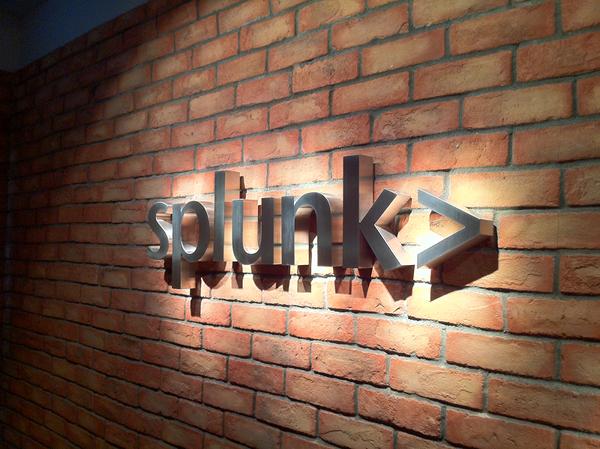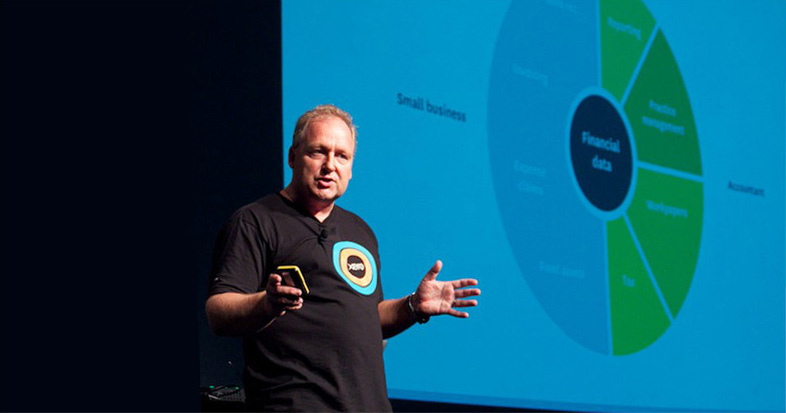One of the Twentieth Century’s great rivers of gold was the telecommunications industry. As the world became connected, first by telegraph, then telephone and finally mobile networks, owning a telco licence became a path to riches.
Late in the century, the mobile phone was a spectacularly profitable device for telcos in the 1990s as consumers flocked to buy them and pay dearly for services, particularly SMS which was practically free to provide.
Just as the century was coming to a close things changed dramatically as the Internet became accessible to the general public and while data was still profitable, telco revenues started to fall dramatically. Then, early in the new century, the arrival of the smartphone disrupted the entire industry.
Becoming a dumb pipe
Twenty years later and the arrival of smartphones using data services has changed the economics of cellular networks, leaving the incumbents worried they are going to merely become ‘dumb pipes’ offering just a low margin utility.
Around the world incumbent telcos and mobile network operators have responded by moving up the value chain into managed services and cloud computing and one particularly interesting company in this respect is India’s Reliance Telecom.
Reliance has responded to the changes in its market, something made more problematic by India’s arcane and complex cellular licensing system, by strategically selling off various parts of its infrastructure and focusing on where it sees opportunity.
At a lunch in Sydney yesterday CEO Bill Barney of Reliance’s global network division was showcasing their cloud services for Australian customers and showed how the quest for profits is moving telcos into areas like data centres and managed services.
Emerging markets corridor
Barney argues that Reliance’s network, which spans South Asia, the Middle East and into Eastern Europe, gives the company a strong position in the “emerging markets corridor”. He also boasts the product the company offers allows easier development of smart services.
In this respect, the Reliance Global Cloud Exchange differs from similar plays like Telstra’s PacNet network across East Asia – which Barney previously headed – in that it offers services higher ‘up the stack’ making it easier for companies to deploy smart applications, something Barney sees as being particularly attractive to the media and financial industries.
While Reliance’s claims are yet to be tested in the market, the company’s shift to higher level services illustrates a struggle facing all telecommunications operators. To do this, Reliance and Telstra look to global networks and data services, Singapore’s Singtel tries its hand at media content in a similar way to Britain’s BT and Vodafone makes a strong Internet of Things play.
For each of these companies, diversifying into other fields makes sense however each strategy brings its own risks – in Reliance and Telstra’s cases this means competing with cloud services vendors like Amazon and Microsoft – that telcos haven’t been exposed to in their core markets.
Those core markets though are being disrupted and will never be as profitable as they were twenty years ago. For the world’s telecommunications companies it’s a matter of diversify or shrink.




